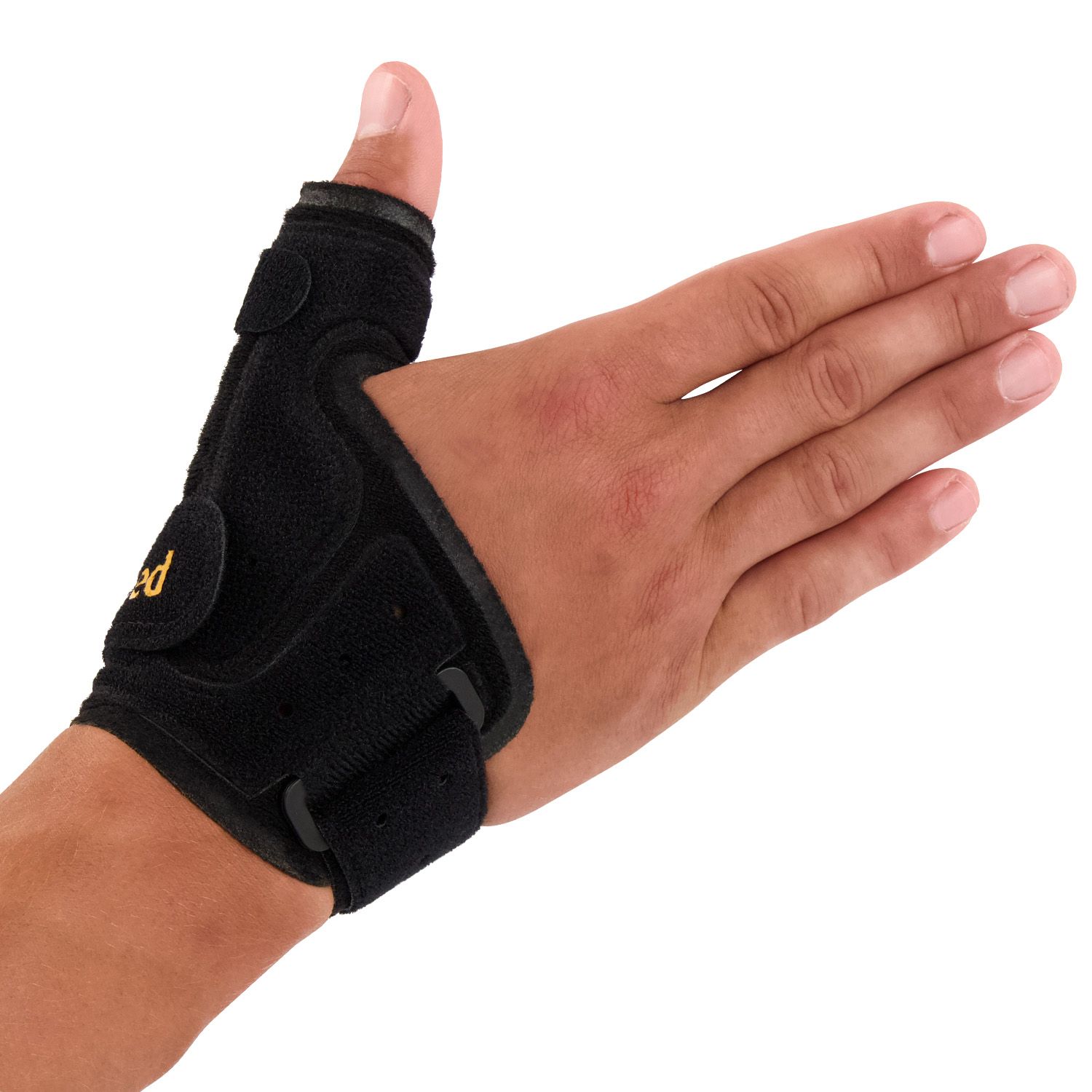Rehabilitation (after surgery or trauma)
Rehabilitation after surgery or trauma depends on the size of the broken bone fragment and the degree of joint displacement. If only a small piece has broken off and has shifted no more than 1 millimetre, treatment without surgery is usually sufficient. If the thumb has shifted more, surgery will be necessary. Temporary metal pins may then be used to hold the bone in place. With displacement greater than 3 millimetres or in the case of a Rolando fracture, the break is considered unstable.
Thumb rehabilitation after surgery or trauma
The fracture may need 4 to 6 weeks to heal. After this period, the thumb fracture still requires rest. In many cases, a hand therapist or physiotherapist is involved to guide the recovery process. Prolonged swelling and some restriction in movement are common, but these should not limit the functional use of the thumb. As with any surgery, complications such as wound infections or bleeding can occur.
In cases of bone fractures, particular attention is given to the possibility of wound infections. A calm and proper wound healing process is essential for functional recovery. Despite following the therapist's recommendations, stiffness can persist for a longer period. In the long term, painful joint wear (osteoarthritis) is the most significant complication. Another possible complication is delayed or insufficient bone healing.

Bauerfeind RhizoLoc Thumb Support
Protection level 2
Novamed Thumb Support / Wrist Splint

Super Ortho Thumb Support CMC

Dunimed Manu Thumb Support

Dunimed Thumb / Wrist Support (in Black and Beige)

- Physiotherapist
- Sports podiatrist
- Manual therapist
- Podopostural therapist
- Myofascial dry needling specialist


